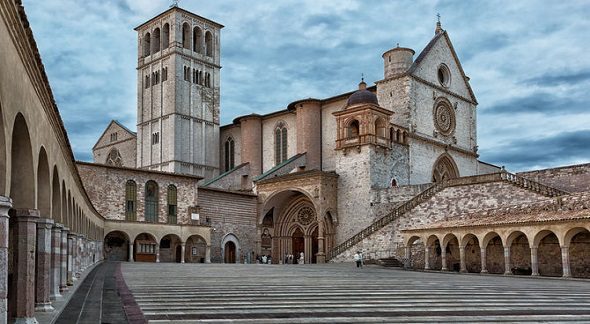The Jubilee 2025 in Rome will be a religious and cultural event of global significance, attracting millions of pilgrims and tourists to the Eternal City. The Jubilee is an extraordinary year of grace and forgiveness granted by the Church, marked by the opening of the Holy Door in the four Papal Basilicas of Rome


















